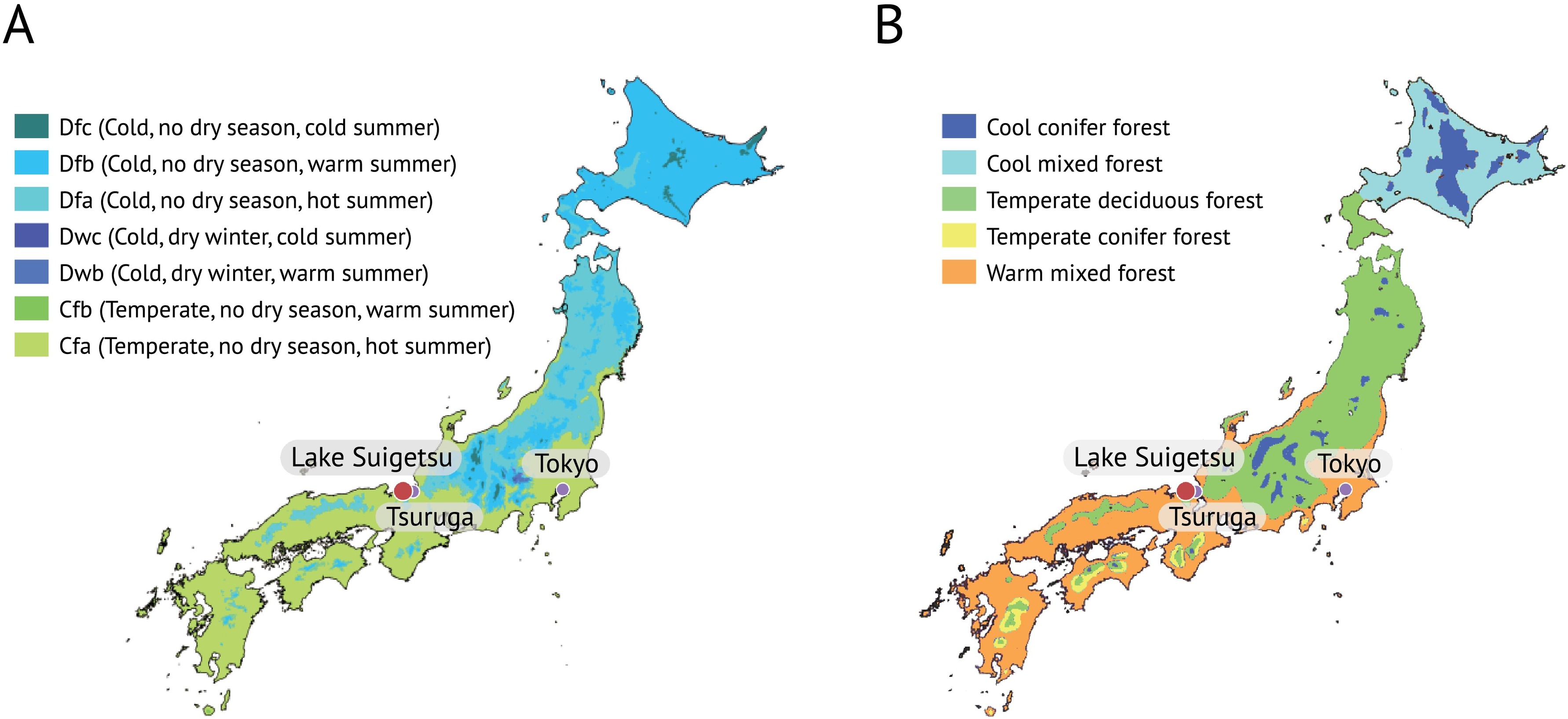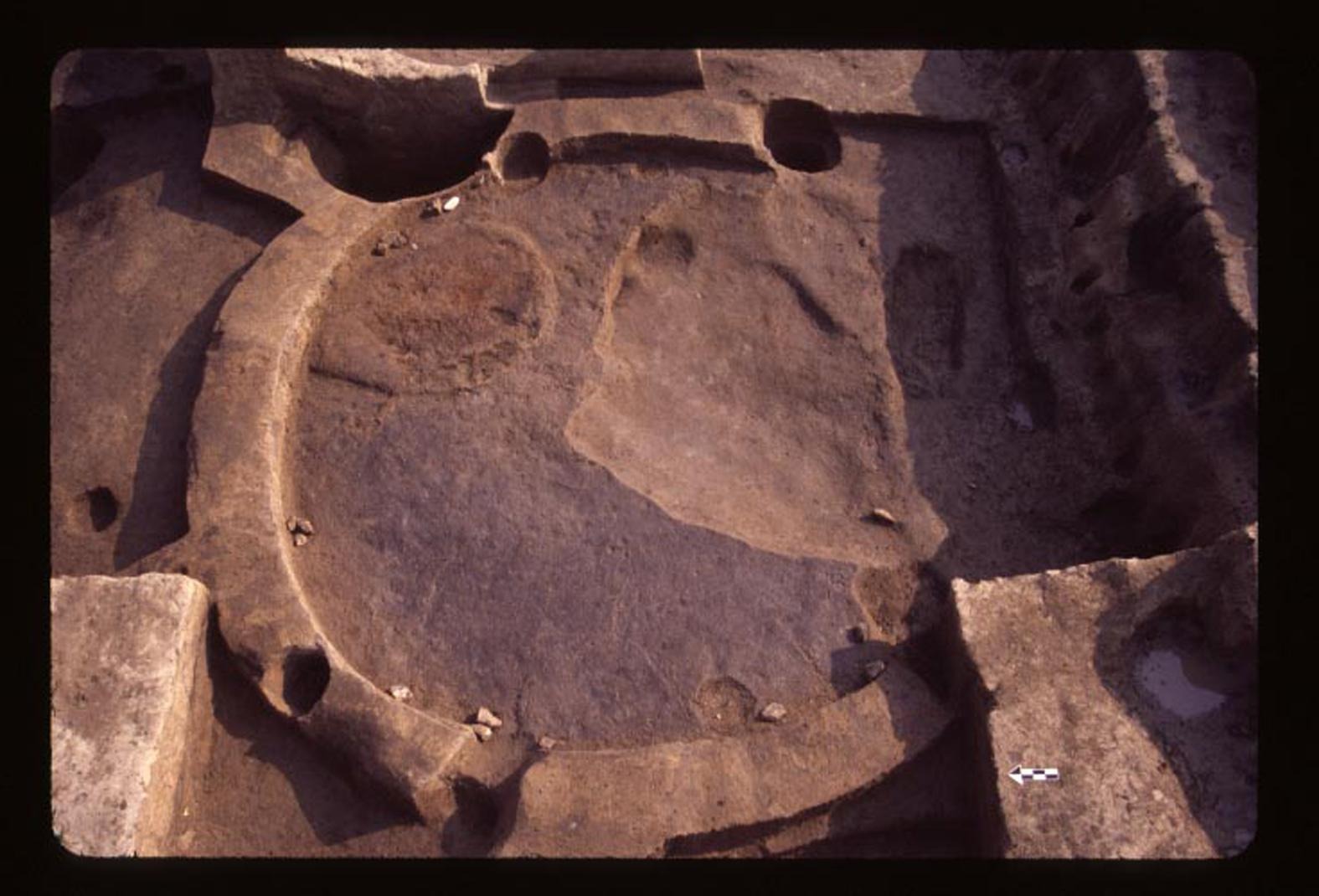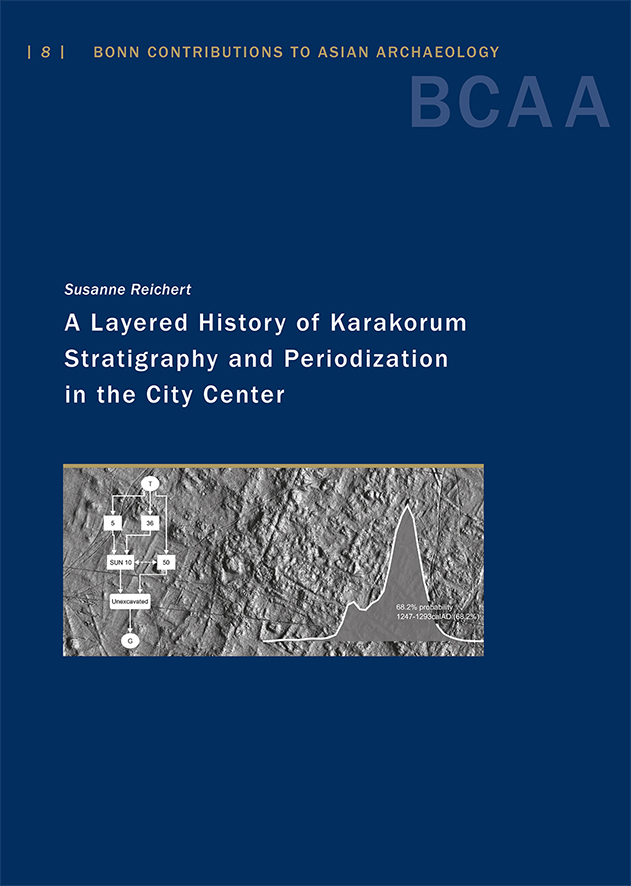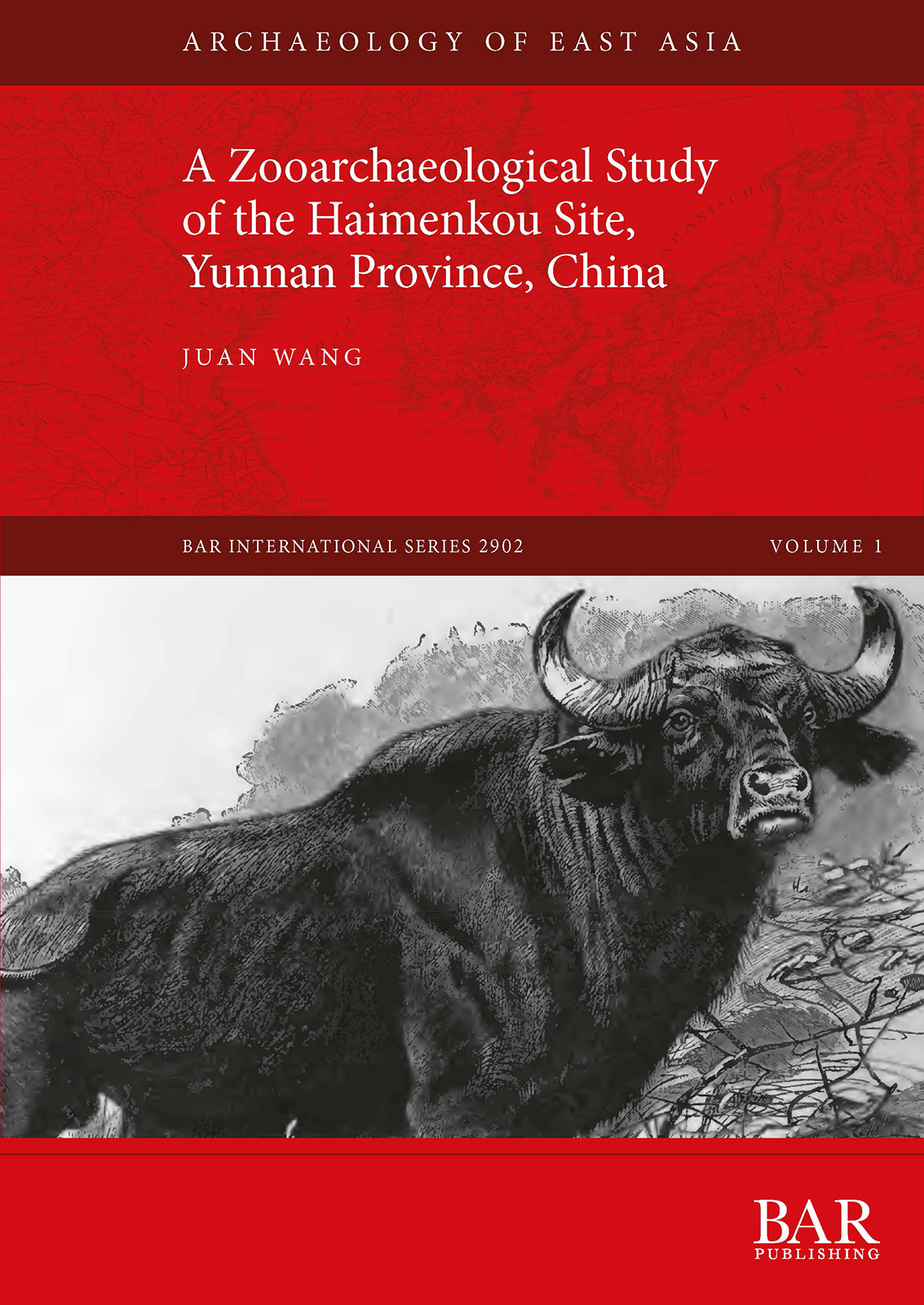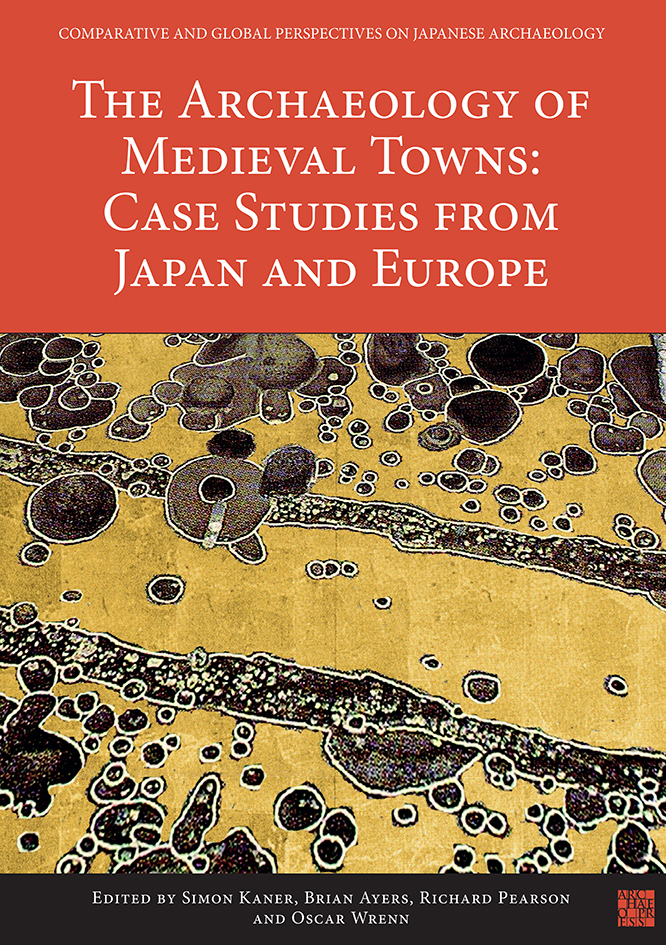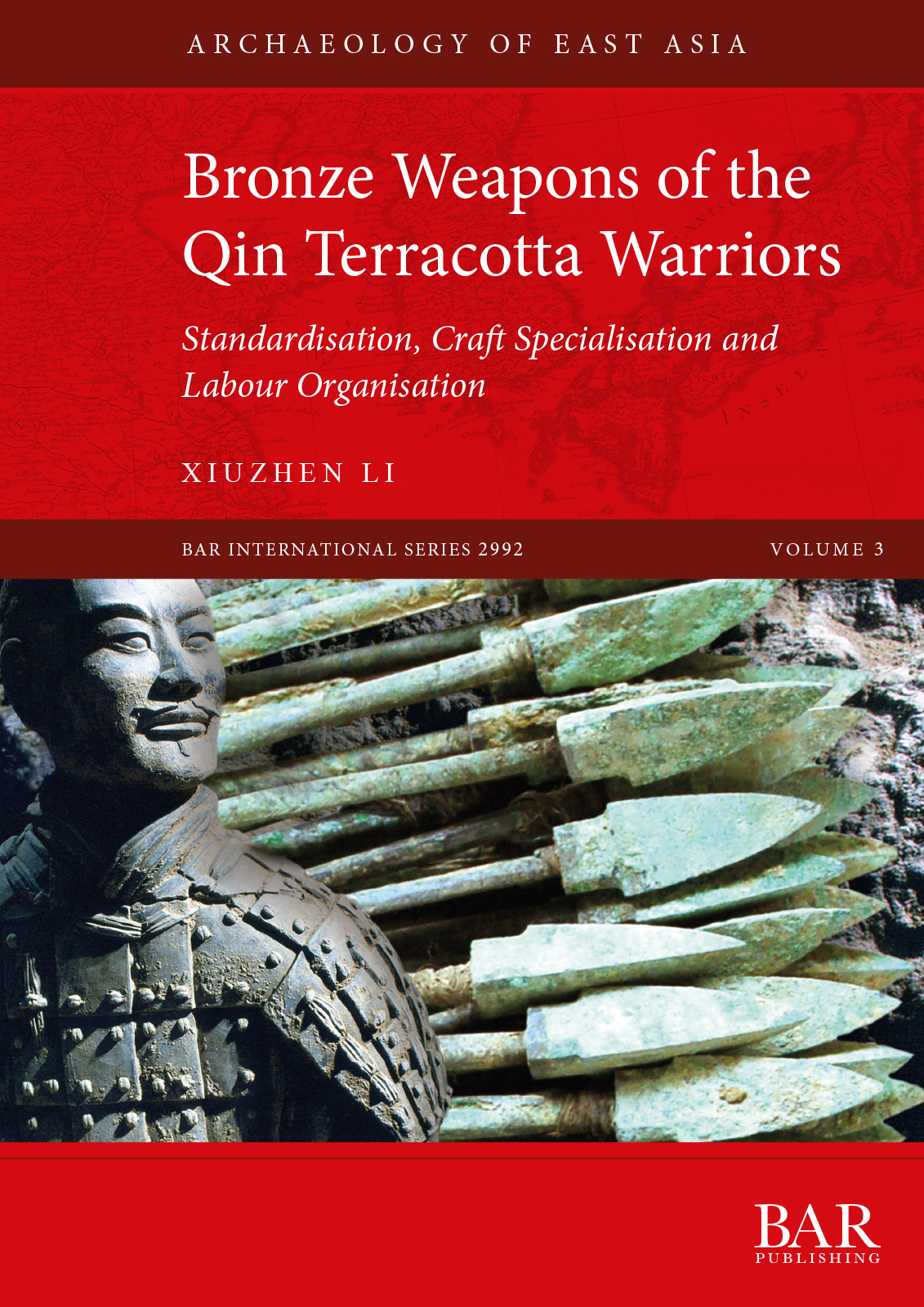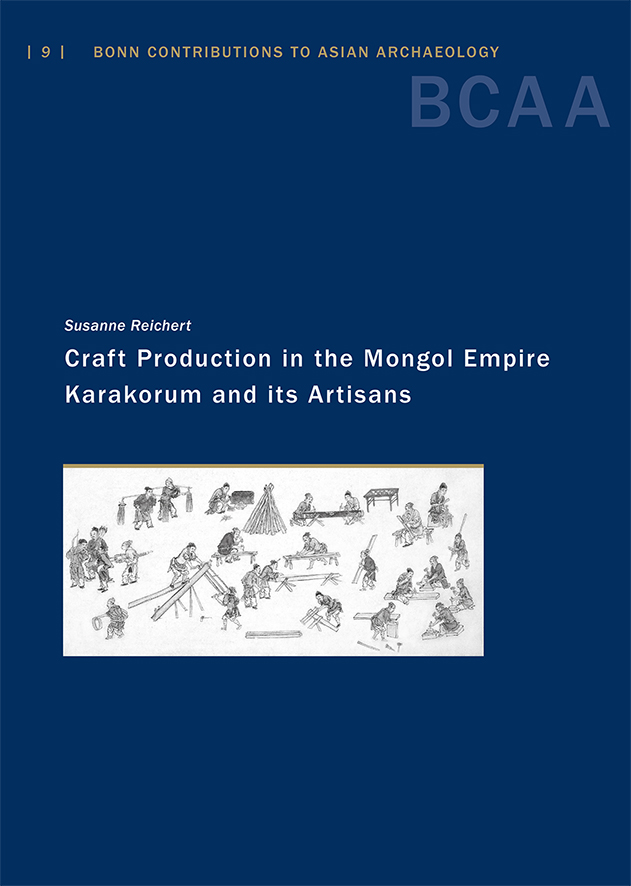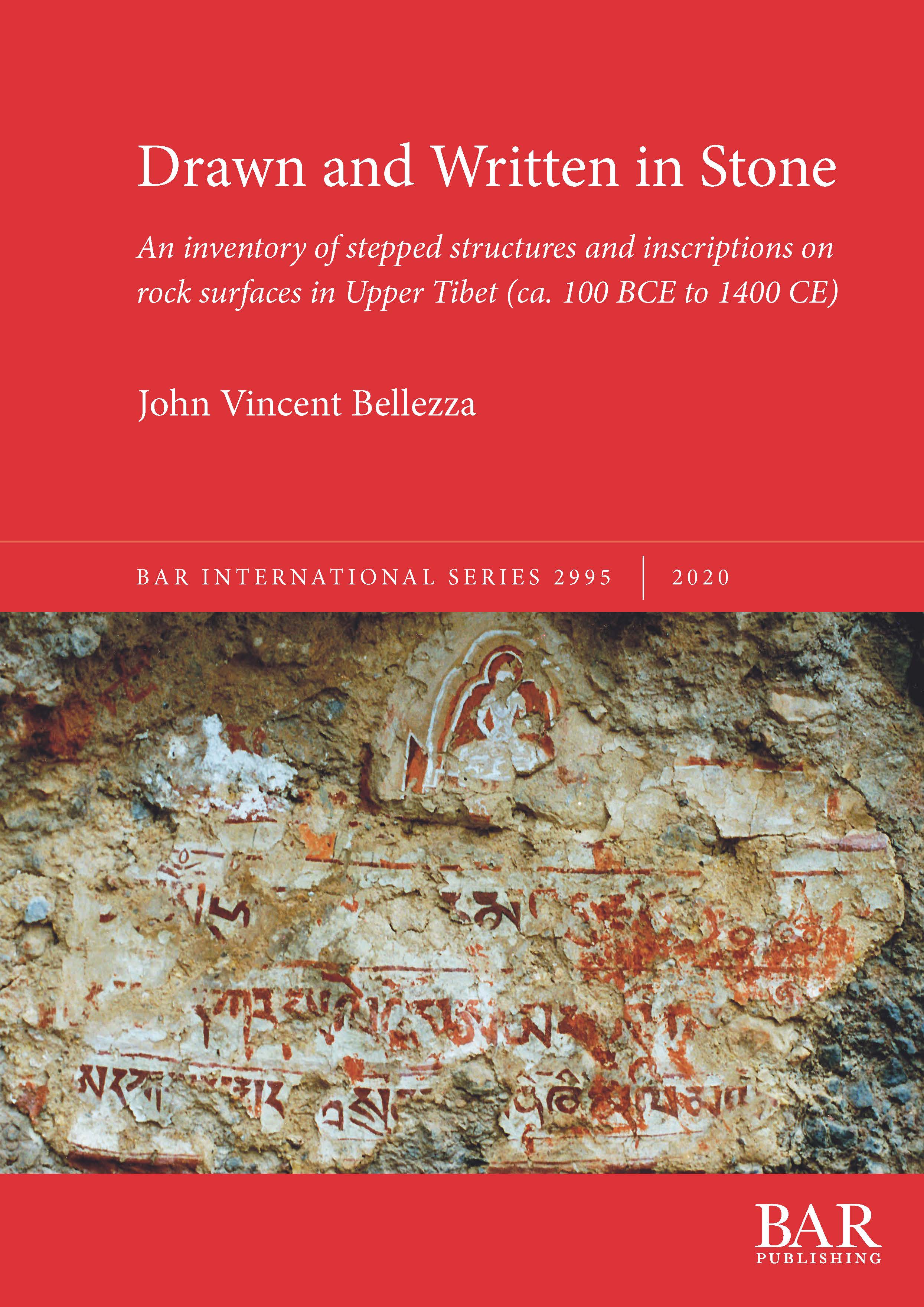The spatio-temporal structure of the Lateglacial to early Holocene transition reconstructed from the pollen record of Lake Suigetsu and its precise correlation with other key global archives: Implications for palaeoclimatology and archaeology
News tags
Several new articles from American Antiquity and Cambridge University Press have recently been published that are relevant to archaeologists around the world, including for those of us who work in East Asia. All three essays focus on the subject of harassment in archaeology.
Documenting Cultures of Harassment in Archaeology: https://doi.org/10.1017/aaq.
Disrupting Cultures of Harassment in Archaeology: https://doi.org/10.1017/aaq.
Using Public Health Interventions to Prevent Harassment in Archaeology: https://www.cambridge.org/
Author: Susanne Reichert
Abstract
Haimenkou was an important location, with trade and cultural links connecting parts of modern Southeast Asia and northwestern China in ancient times. This book is based on an analysis of the faunal assemblage recovered from the Haimenkou site during the 2008 field season in Yunnan Province, China. It investigates the human-animal relationships at Haimenkou through a time span running from the late Neolithic Period to the middle Bronze Age (ca. 5000-2400 BP).
The collection includes memoirs about the outstanding Russian orientalist, specialist in the history of peoples, countries and legal systems of the states of the Far East - Mikhail Vasilyevich Vorobyov, as well as articles and translations of sources on the history of primitive Korea and primitive, ancient and early medieval Japan until the beginning of the VIII century, presented by Russian and foreign researchers.
You can download the whole book here:
In recent years, major new archaeological discoveries have redefined the development of towns and cities in the Japanese archipelago. The uncovering of the plans of major port towns such as Sakai, Kusado Sengen and Ichijōdani, and the revealing of early phases in the development of cities such as Kamakura and Hakata provide an important new resource in understanding the cultural and economic processes which shaped medieval Japan.
This fully illustrated book provides a sampler of these findings for a western audience. The new discoveries from Japan are set in context of medieval archaeology beyond Japan by accompanying essays from leading European specialists.
Over 40,000 lethal bronze weapons were discovered with thousands of terracotta warriors in the tomb complex of the Qin First Emperor (259-210 BC). This book carries out the first systematic and comprehensive study on these weapons to investigate the mass production and labour organisation in early imperial China. The research draws upon extensive measurements, typological analysis and related statistical treatment, as well as a study of the spatial distribution of the bronze weapons. A combination of metrical and spatial data is used to assess the degree of standardisation of the weapons’ production, and to evaluate the spatial patterns in the array of the Terracotta Army. This provides further information about the labour organisation behind the production, transportation and placement of weapons as they were moved from the workshop and/or arsenal to the funeral pits. Integrating these insights with inscriptions, tool marks, and chemical analysis, this book fills a gap in the study of mass production, the behaviour of craftspeople, and related imperial logistical organisation in the Qin Dynasty (221-206 BC), marking the most crucial early stage in Chinese political unification.
https://www.barpublishing.com/bronze-weapons-of-the-qin-terracotta-warriors.html
Author: Susanne Reichert
Abstract
Author: John Vincent Bellezza
Synopsis
Drawn and Written in Stone explores the religious history of the highest part of the Tibetan Plateau through its rock art and inscriptions. It is focused on facsimiles of ritual and ceremonial monuments carved and painted on stone surfaces and rock inscriptions in the Tibetan language, vital archaeological and historical materials for appraising the development of religion in Tibet, ca. 100 BCE to 1400 CE. By probing the complexion of figures and letters in stone, this work considers how early cult traditions contributed to the establishment of Tibetan Buddhism and a rival faith known as Yungdrung Bon. Outside of the Indian cultural context, relatively little has been written about the historical antecedents of these popular Tibetan religions for a want of sources. This monograph helps remedy this large gap in Tibetan studies by drawing upon the author’s surveys of rock art and rock inscriptions conducted in upmost Tibet between 1995 and 2013.

